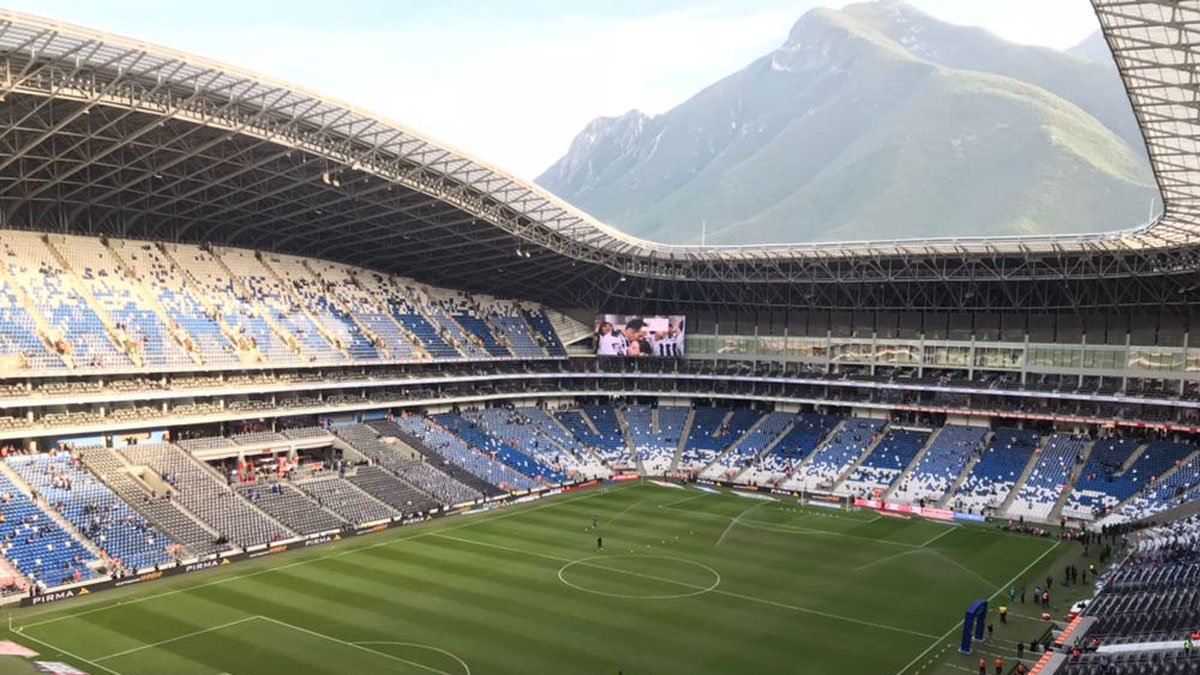Rapidly traveling between climate zones, all with different average temperatures, humidities, and oxygen levels, will place additional stress on players, staff, and spectators.
soccer
Posted inNews
Turf’s Dirty Little Secret
Greenhouse gas emissions from sports fields may be scoring points for climate change.
Posted inNews
Niveles Altos de Contaminación en Chile se Relacionan Con Parrilladas de Hinchas del Fútbol
Misteriosos picos de contaminación—10 veces más altos que los niveles normales—ocurren en Santiago durante los partidos de fútbol televisados y son causados por decenas de miles de parrilladas, revelan nuevos resultados.
Posted inNews
Pollution Spikes in Chile Tied to Soccer Fans’ Barbecuing
In Santiago, mysterious pollution spikes—tenfold above normal levels—occur during televised soccer matches and are caused by tens of thousands of barbecues, new results reveal.




